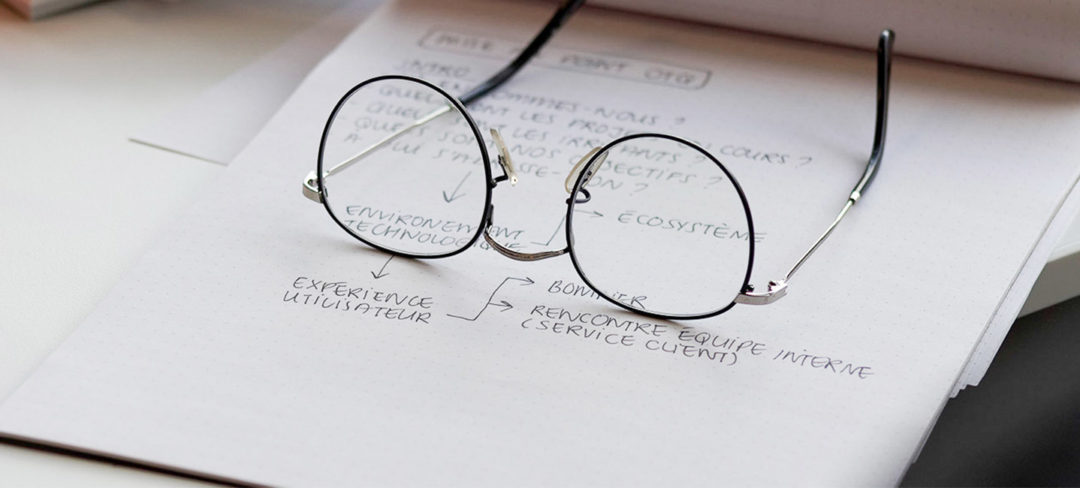By \ October 4, 2018
Anthropology is not a subject that comes up when people talk about design thinking. Why would these two disciplines get brought up in the same conversation? Designers work in the world of ideas and create objects that make our lives more efficient and beautiful. Nothing in that definition sounds like anthropology.
Or does it?
We’d argue that the designs that shape our lives come from a deeper understanding of why we do what we do. If we can agree on that, then we’ve just slipped into an anthropology conversation. Understanding why people do what they do is anthropology’s foundation — and it’s at the foundation of design as well.
To get to an audience’s “Why,” many designers and various other creative problem solvers utilize design thinking. We see anthropology as an ideal enhancement to this process. There are five steps in the design thinking process, and each one already bares a strong tie to anthropology:
- Empathize – Uncover an audience’s feelings, attitudes, preferences, needs.
- Define – Identify the problem you’re trying to solve using insights from audience empathy.
- Ideate – Generate ideas and concepts that might address the problem.
- Prototype – Create a rough, iterative version of the chosen concept.
- Testing – Test the prototype.
Let’s examine in detail the link between each tenet of design thinking and cultural anthropology.
Empathize
Early in one’s training as an anthropologist, you learn that you are your own research instrument. The best way to discover honest insights about a subject is to participate in their daily routine, see the world through their eyes; you’ve got to “go native.”
“Going native,” technically referred to as “participant-observation,” fits nicely into the empathize step. Anthropologists use participant-observation to gain an empathic understanding of the people they’re studying. In fact, we’re taught that the only way to truly understand the thoughts and feelings of our subject is to participate in their daily lives. You can’t discover empathy, you have to feel it.
Define
This step requires design leaders to define a problem faced by their target audience. Defining the problem is also a major step in the anthropological process.
Anthropological research is measured by the level of detail you can attribute to a culture. During my dissertation research in Papua New Guinea, I walked around, constantly scratching down observations on small notepads. We call these detailed notes “fieldnotes,” and they’re critical to defining new insights about an audience and their culture.
For example, through detailed observation I discovered the people of Papua New Guinea have a “relational” and not “transactional” culture, meaning friendships and family-connections are more valuable than resources and money. They don’t “own” things the way we do in the West — a critical insight for anyone attempting to execute a transaction with them.
Ideate
The level of detail, or proof, that goes into fieldnotes can also be applied to the “Ideation” process. These little details are what spark the big “Eureka!” moments and change the course of a project.
Most eureka moments come from mind-numbingly small details that you are not even sure you should bother writing down. But any good anthropologist will tell you that the more cultural details you have about an audience, the more potential there is to reach powerful conclusions in the ideation process.
Prototype and Test
After ideation, the anthropologist continues to play a part as designers build prototypes and conduct tests.
The anthropologist ensures the prototype and testing clearly represent the behaviors and insights drawn from the first three steps of the process. As more anthropologists become trained in user experience testing, these professionals may not only provide checks-and-balances, they may also execute parts of the testing phase themselves. It’s an exciting new role, and yet, a natural evolution of our traditional one.
It’s clear that anthropology can play a huge role in the design thinking process. Using trained participant observers to get into the mind of the audience and acquire powerful levels of empathy, illuminate critical details through fieldnotes, and then guide the project from ideation to prototyping and testing is a significant enhancement to an already proven creative method.
Interested in discussing the connections between anthropology and design thinking? Reach out. We’re always open to new collaborations.
